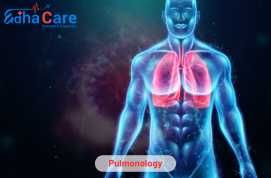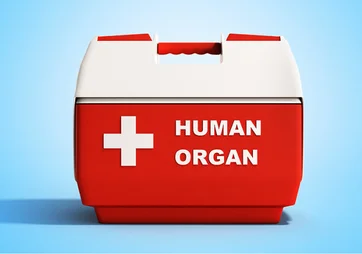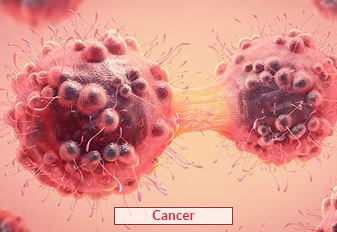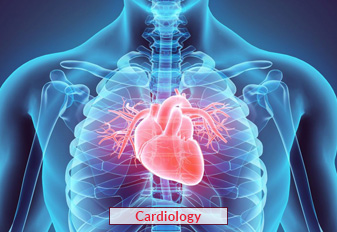Pulmonology

The identification and treatment of disorders impacting the circulatory system, which includes the lung tissue and airways, is the primary focus of the medical speciality of pulmonary medicine. Asthma, cancer of the lungs, pneumonia, TB, and chronic obstructive pulmonary disease, also known as (COPD) are among the ailments that pulmonary specialists treat. To evaluate the condition of the lungs and diagnose respiratory illnesses, they employ a variety of diagnostic techniques, including bronchoscopy, imaging investigations, and spirometry. Medication, breath therapy, rehabilitation for the pulmonary system, and surgical procedures are potential treatment modalities. In order to improve the functioning of the lungs, reduce symptoms, and improve overall quality of life for patients with respiratory diseases, pulmonologists are essential members of the healthcare team.
Book an AppointmentAbout Pulmonology
- The medical specialty of pulmonology is dedicated to the evaluation, management, and treatment of diseases and disorders of the pulmonary system.
- Conditions involving the lung tissue, bronchial tract, and other respiratory system structures are the specialty of pulmonologists.
- Pulmonologists are doctors who often treat cancer of the lungs, fibrosis of the lungs, pneumonia, asthma, and chronic obstructive pulmonary disorder (COPD).
- A variety of diagnostics instruments, including spirometry, imaging examinations (X-rays, CT scanning), and bronchoscopy, are used by pulmonologists to evaluate the condition of the lungs and detect respiratory illnesses.
- Medication, therapy with oxygen breathing treatment, rehabilitation for the pulmonary system, and in certain situations, surgical procedures, are among potential treatment modalities. In order to give patients with issues with breathing complete treatment, pulmonary specialists collaborate closely with other medical specialists.
Procedure of Pulmonology
Spirometry: a standard diagnostic technique that measures the volume and rate of air exhaled and inhaled in order to evaluate lung function.
Bronchoscopy: To view the airways and take samples for a biopsy or culture, a flexible tube called a bronchoscope—which has a light and a camera—is introduced through the mouth or nose into the lungs.
Thoracentesis: To remove extra fluid or air from the area surrounding the lungs, a needle or catheter is inserted into the chest cavity. This operation can assist in diagnosing underlying issues and relieve symptoms.
Pulmonary Function Tests (PFTs): These tests assess respiratory function and identify diseases such as pulmonary fibrosis, asthma, and COPD by measuring lung capacity, airflow, and gas exchange.
Lung Biopsy: To diagnose lung conditions such as interstitial lung disease, lung cancer, or infections, a sample of lung tissue is taken and examined under a microscope.
Arterial Blood Gas (ABG) Analysis: This test evaluates respiratory function and acid-base balance by measuring blood levels of carbon dioxide and oxygen.
Lung Volume Reduction Surgery (LVRS): To enhance breathing function and remove damaged lung tissue, LVRS may be used in certain severe emphysema cases.
Require Assistance?
Get A Quick Callback From Our Healthcare Experts







